NOT BEINGS, THEY ARE BETTER CALLED havings-been, still among us, heavy of head, heavy of limb, likely heavy also of dream—abiding here awhile longer, less any obvious will to bide, for the sake of some simple indwelling that dwells on indefinitely. Half moth, half human, they perch between the palace’s columns as if in a forest of trees made branchless for an unending autumn. It seems it was some bewildered change, as the poet calls it, that threw them here, to stand peaceably before the questions that fling the rest of us away. Is time of-substance or substanceless? Is it a solute thing we are in or a liquid non-thing in us? Is blood time’s best likeness—as if time could be said to course through the soul in the way that blood courses through the body? Can we bring the whole of being and unmeaning to one level and call it duration, once a bog now our own flesh, later a stone at a loss to free itself from incarnation? About all of this they are duly silent. They ride the outsides of the walls where the artists have deposited whatever they could separate of the perfections, from which the perfections themselves long ago fled to the skies and the books, much as we know. From the creature-like havings-been, the would-be guardians, beauty and death have managed also to escape.
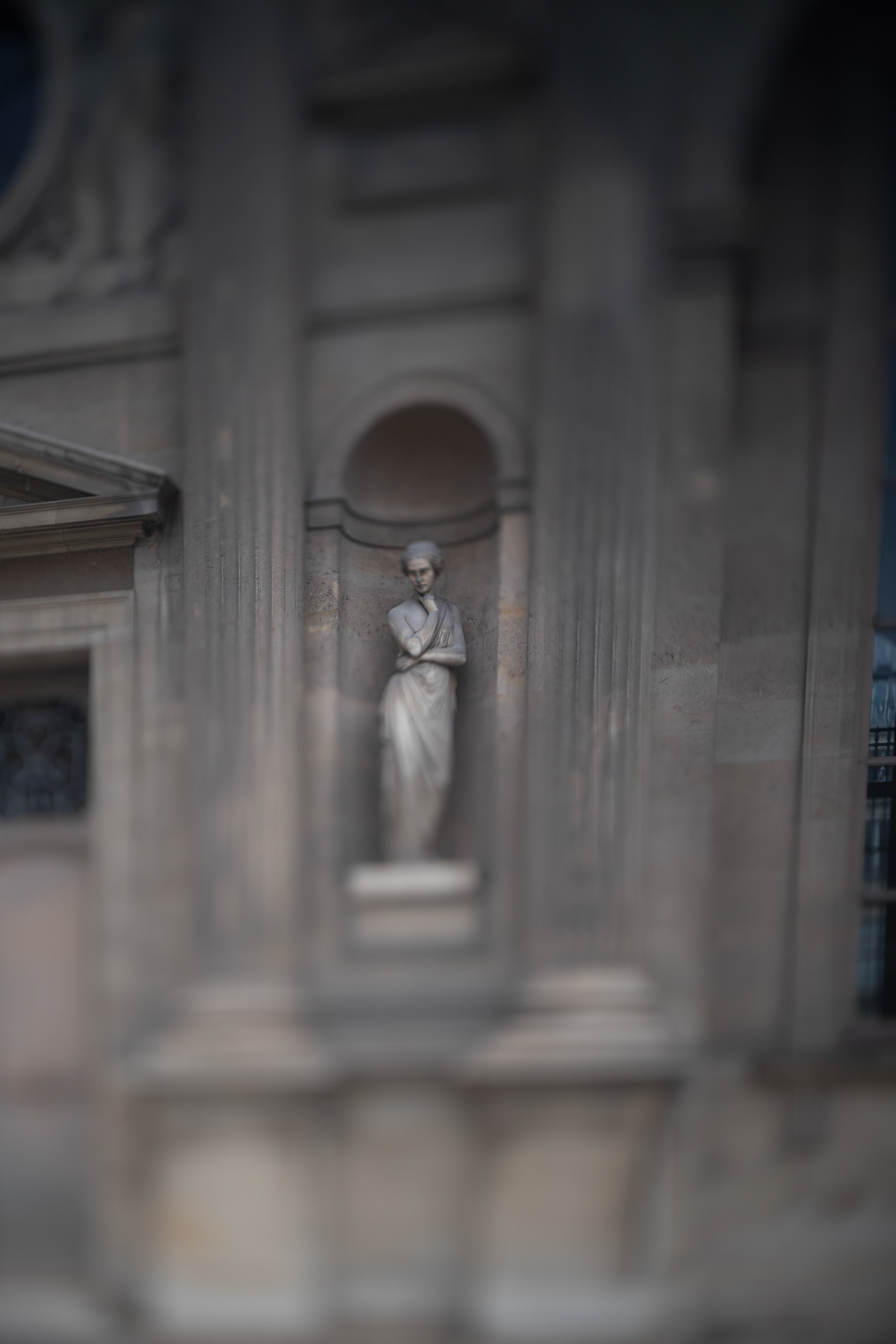


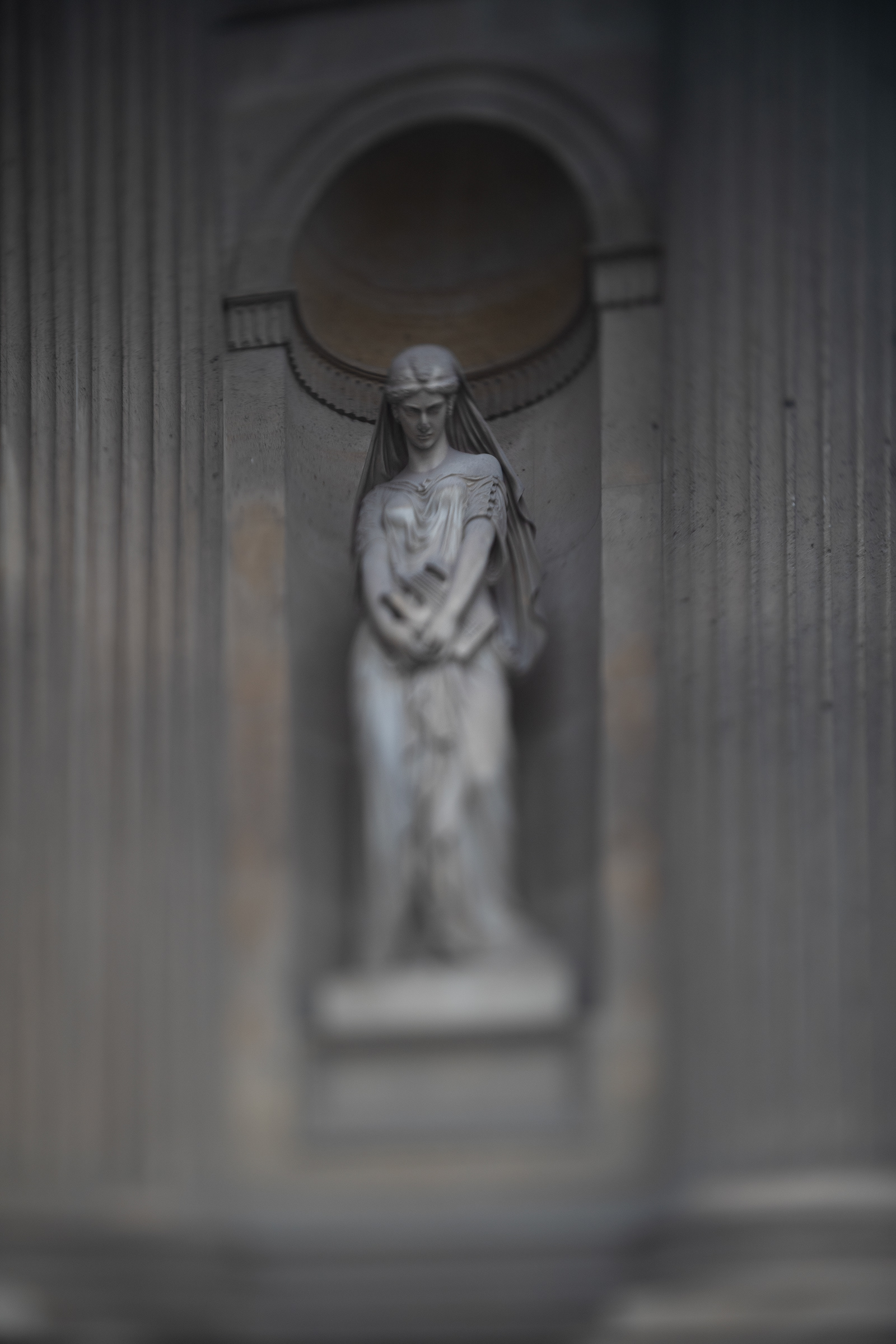
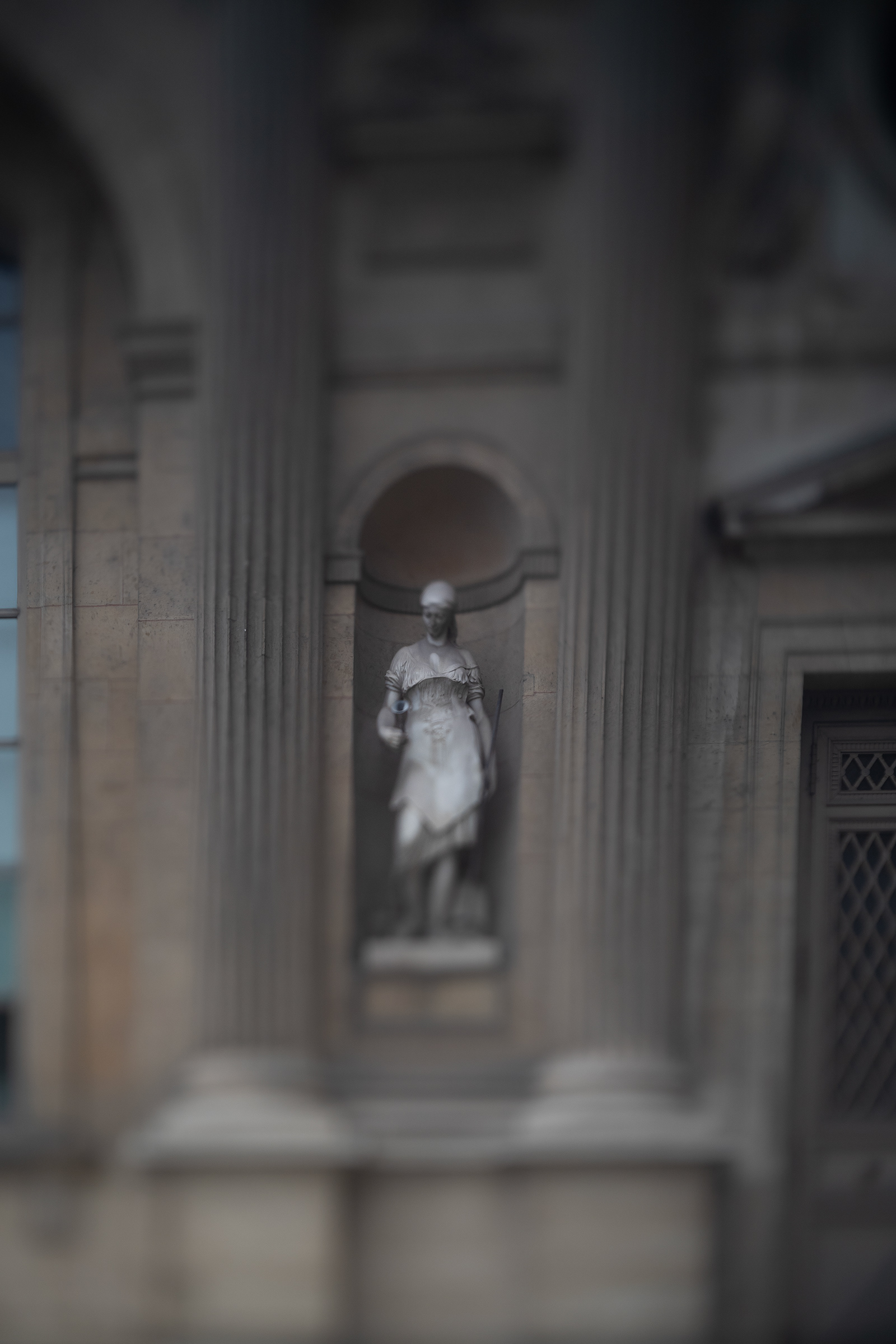
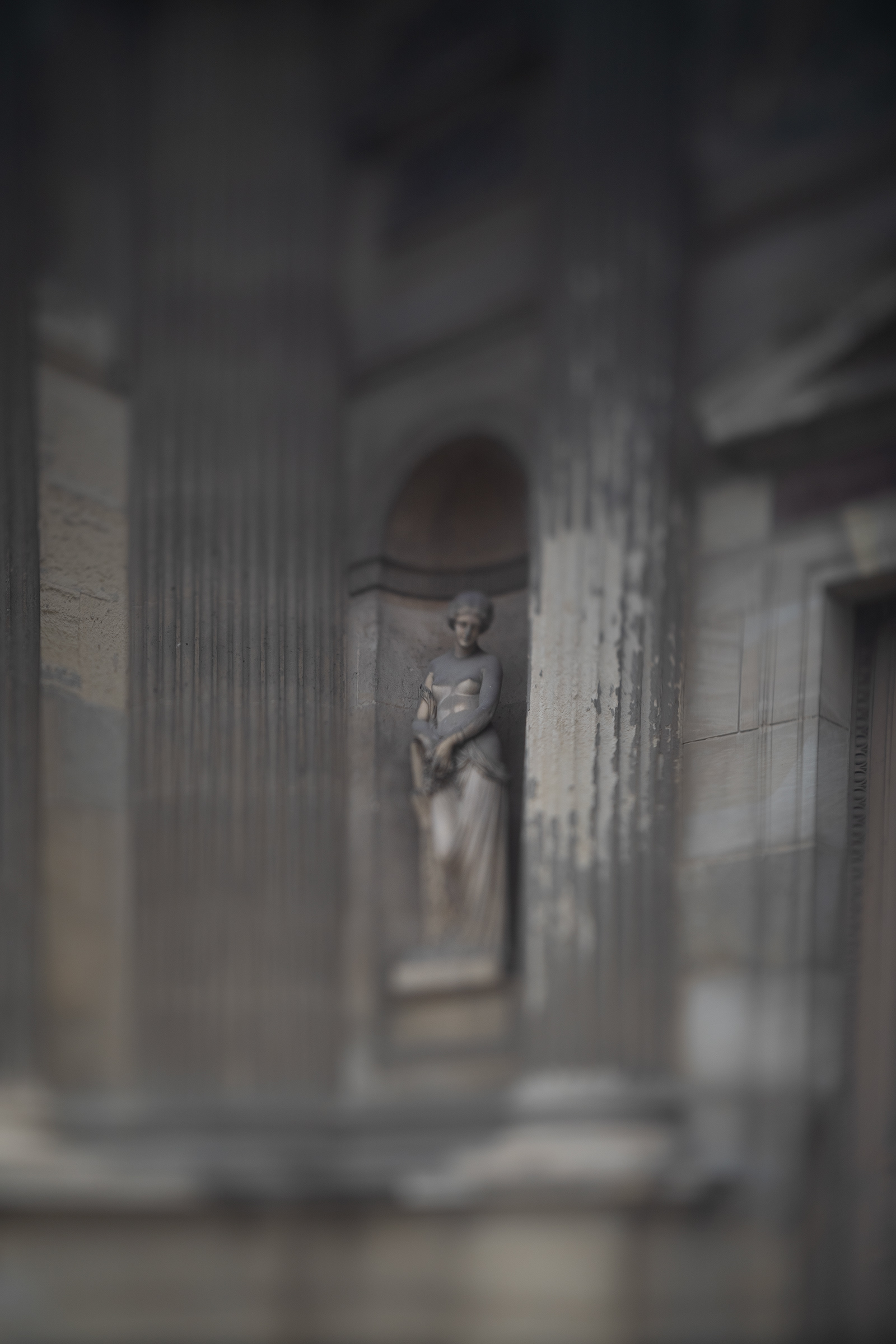

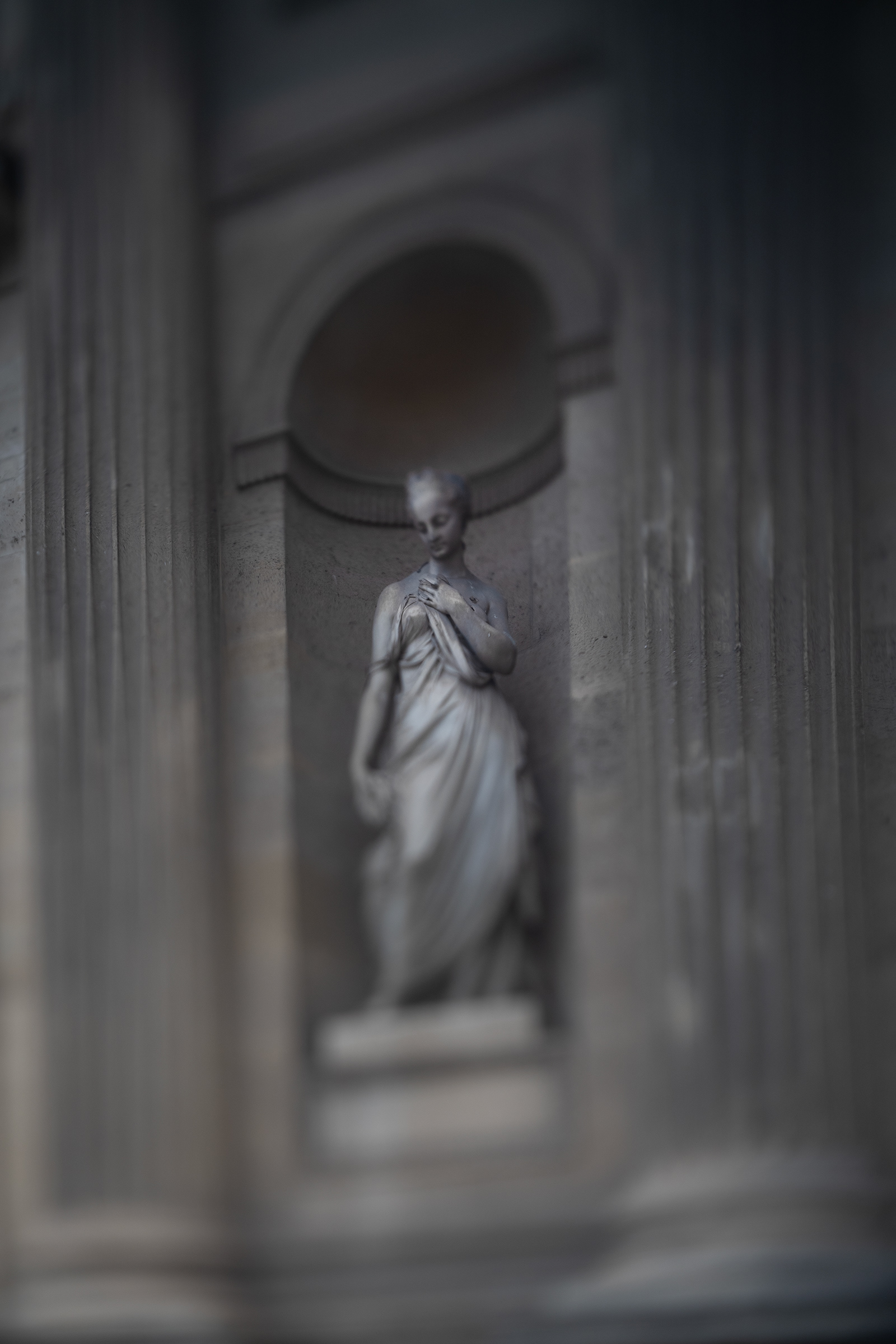
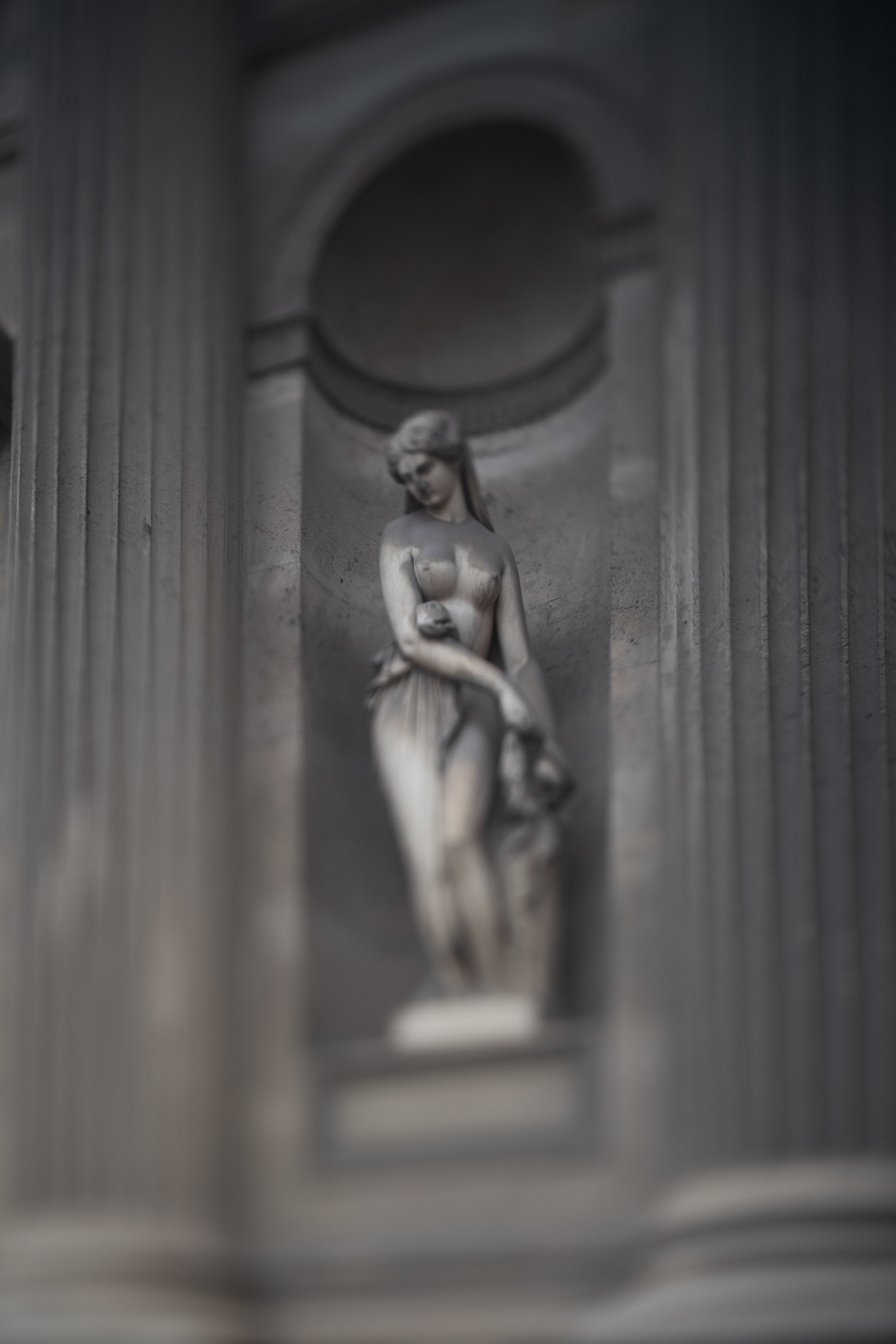

Outside the Louvre, Paris, 2024